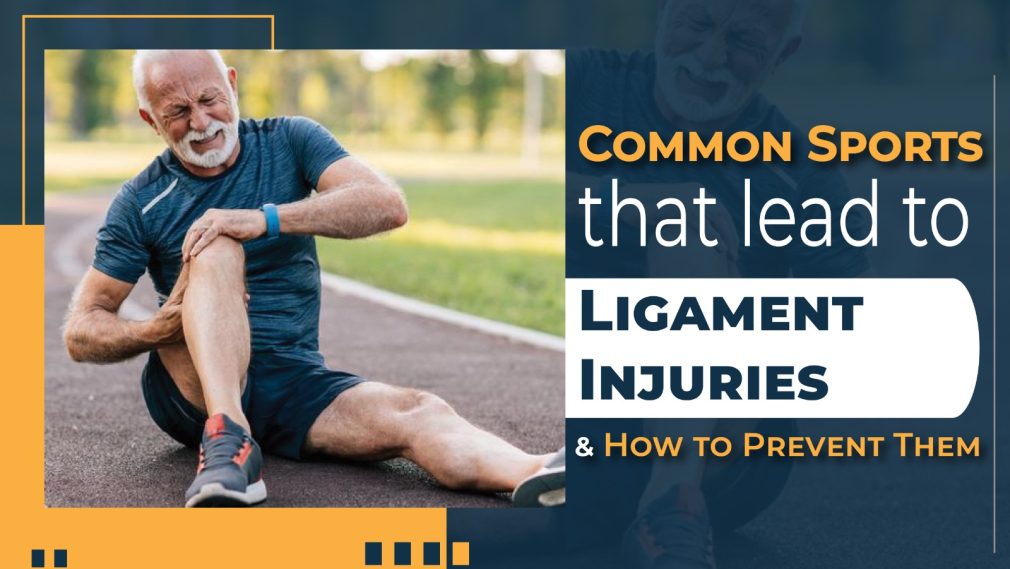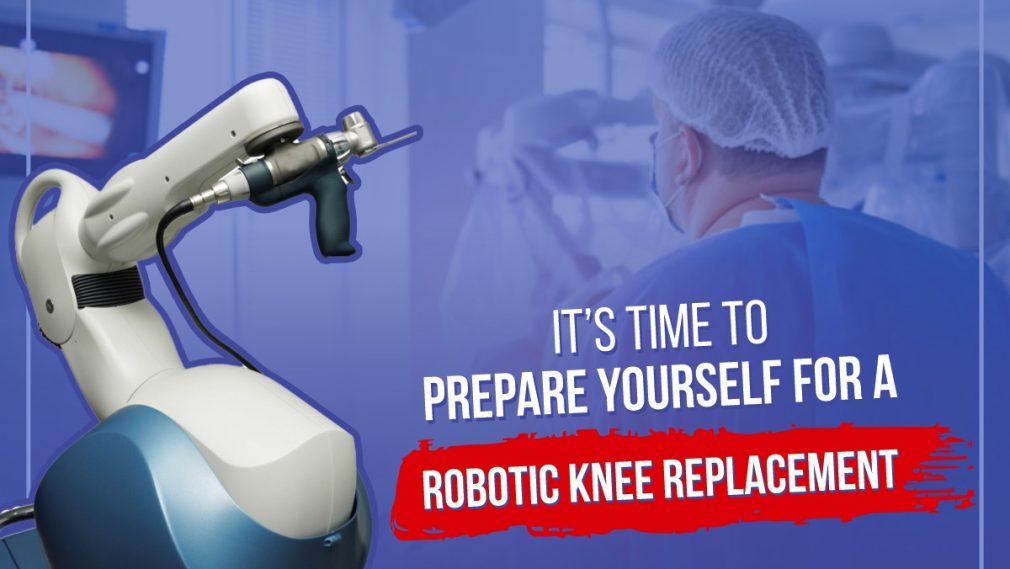Driving After Knee Replacement Surgery: Guide for a Smooth Journey towards Recovery

Embarking on the road to recovery after a knee replacement raises various questions, especially regarding the resumption of daily activities like driving. Is it safe? What factors should be considered? This article delves into the nuanced aspects of driving after a knee replacement, providing valuable insights and guidance for a secure and confident return to the driver’s seat.
General Guidance for Post-Operative Driving – After undergoing a knee replacement, it’s essential to be aware of general guidance regarding when it’s safe to resume driving. Each patient’s recovery journey is unique, but some common signs indicate readiness for this activity.
Signs of Readiness to Resume Driving post Knee Replacement surgery
As you contemplate returning to the driver’s seat after knee replacement, several signs can help determine your readiness. These indicators, accessible to everyone, provide essential cues for a safe and confident driving after a knee replacement recovery time and experience.
1. Pain Management
Pain during the initial recovery stages is a crucial factor. When the pain becomes manageable with prescribed medications, it signals a potential readiness to consider driving after a decent knee replacement recovery time. If you can control pain levels effectively, it’s a positive step toward getting back behind the wheel. So ensure that you have your rehab going on at a good knee replacement hospital.
2. Mobility and Range of Motion
Another vital aspect is the mobility and range of motion in your knee. The ability to comfortably bend and straighten your knee is a key indicator. If these movements are unhindered, it suggests that your joint is healing well, laying the foundation for safe driving.
3. Independence in Daily Activities
Regaining independence in daily activities is a positive sign that your knee is on the path to recovery. Tasks like getting in and out of bed or sitting and standing become easier, indicating improved strength and stability in your knee. This increased independence is a tangible measure of your readiness to handle the demands of driving after a knee replacement.
Surgeons’ Recommendations for Resuming Driving
Surgeons play a pivotal role in guiding patients through the recovery process. Their recommendations are based on a combination of medical expertise and an understanding of the individual’s unique condition. Thus, the surgeons’ recommendations include the advice below:
Surgeons, as key players in guiding patients through this process, offer recommendations grounded in both medical expertise and an understanding of the patient’s unique condition. So here are the conditions towards The Right Time to Resume Driving After A Knee Replacement Recovery Time
1. The Operated Knee
The cornerstone of a surgeon’s recommendation lies in the assessment of the operated knee’s strength and stability. Before granting approval for driving, surgeons of a good knee replacement hospital evaluate factors such as swelling, pain levels, and joint function. This careful examination ensures that the knee can bear the physical demands of operating a vehicle without compromising safety.
2. Left Total Knee Replacement
For individuals with a left total knee replacement, surgeons emphasize considering the impact on the ability to operate the vehicle, particularly in relation to the brake pedal. Patients are often advised to wait until they can comfortably apply pressure on the brake pedal without experiencing discomfort, ensuring a smooth and controlled driving experience.
3. Right Total Knee Replacement
Patients with a total knee replacement face a unique set of considerations related to operating the accelerator. Surgeons from a good knee replacement hospital may recommend waiting until the knee demonstrates the necessary strength and coordination for smooth accelerator control. This cautious approach ensures that the driver feels confident and in control during acceleration.
4. Your Fitness Levels
Physical fitness emerges as a critical factor in the surgeon’s recommendations for resuming driving. Sustained attention and quick reactions are prerequisites for safe driving, and surgeons may suggest waiting until patients regain a certain level of overall fitness and endurance. This ensures that individuals can handle the demands of driving after a knee replacement recovery time, without compromising their well-being.
5. Medications
Post-surgery medications play a crucial role in recovery, but their side effects can impact alertness and reaction times. Surgeons at a suitable knee replacement hospital, diligently assess the influence of prescribed medications on a patient’s ability to drive safely. If certain medications cause drowsiness or impairments, surgeons may recommend waiting until these effects subside, ensuring optimal safety on the road.
Advice on Driving after Knee Replacement Surgery
Navigating the roads after a total knee replacement recovery time, requires a blend of mental and physical preparedness. Ensuring a smooth and confident return to the driver’s seat involves considering various aspects of well-being. Here’s comprehensive advice to guide you through this process.
1. Keeping Your Mind and Body Sharp
Maintaining mental sharpness and overall body fitness is crucial. Engage in regular exercises, mental stimulation, and adopt a healthy lifestyle to support your well-being. A sharp mind and a fit body contribute significantly to a secure driving experience.
2. Before Driving

Prepare your knee for the road ahead by performing a series of warm-up exercises before getting behind the wheel. Gentle stretches and movements enhance flexibility, reduce stiffness, and ensure your knee is ready for the demands of driving.
3. While Driving
Ensure a comfortable driving position that provides proper support for your knee. During longer drives, take breaks to stretch your legs and prevent stiffness. Incorporate gentle movements to maintain flexibility throughout the journey, promoting a more relaxed and pain-free driving experience.
4. Adjusting to Your New Knee
Patience is key during the adjustment period with your new knee. Gradually increase the duration of your driving sessions as you gain confidence in the strength and flexibility of your knee. If discomfort or pain persists while driving, consult your surgeon for personalized guidance and reassurance.
Summing up, the decision to resume driving after a knee replacement recovery time involves a thoughtful consideration of various factors, from the condition of the operated knee to overall fitness levels. Following the guidance of both general recommendations and your surgeon’s advice is crucial for a safe and confident return to the driver’s seat. By prioritizing your physical and mental well-being, you can navigate the roads with ease and embark on a smooth journey to recovery.






